
Feel free to add tags, names, dates or anything you are looking for
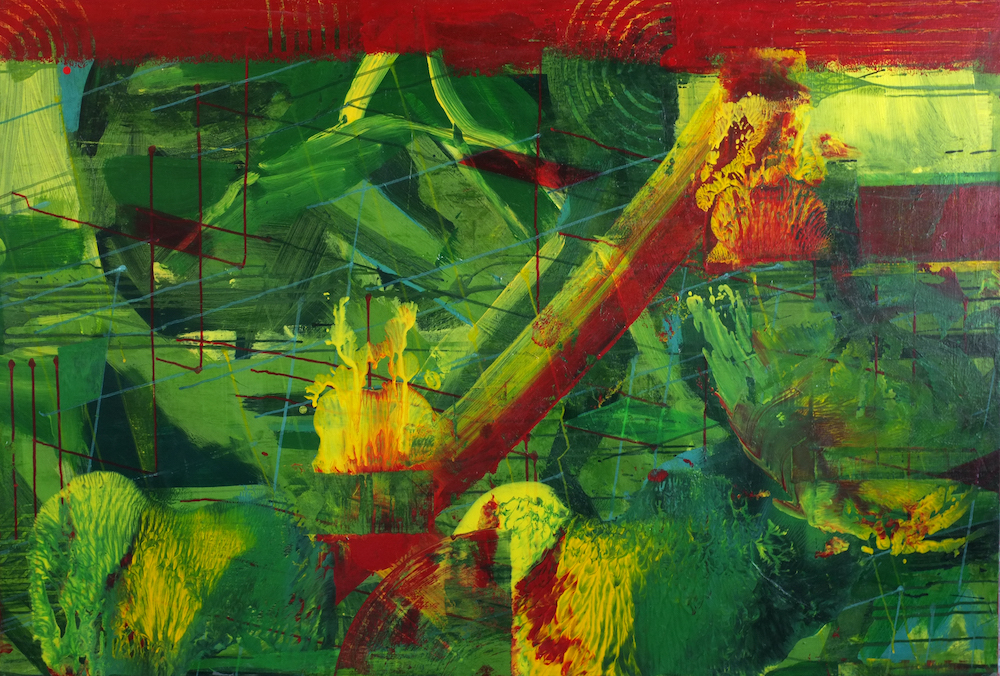
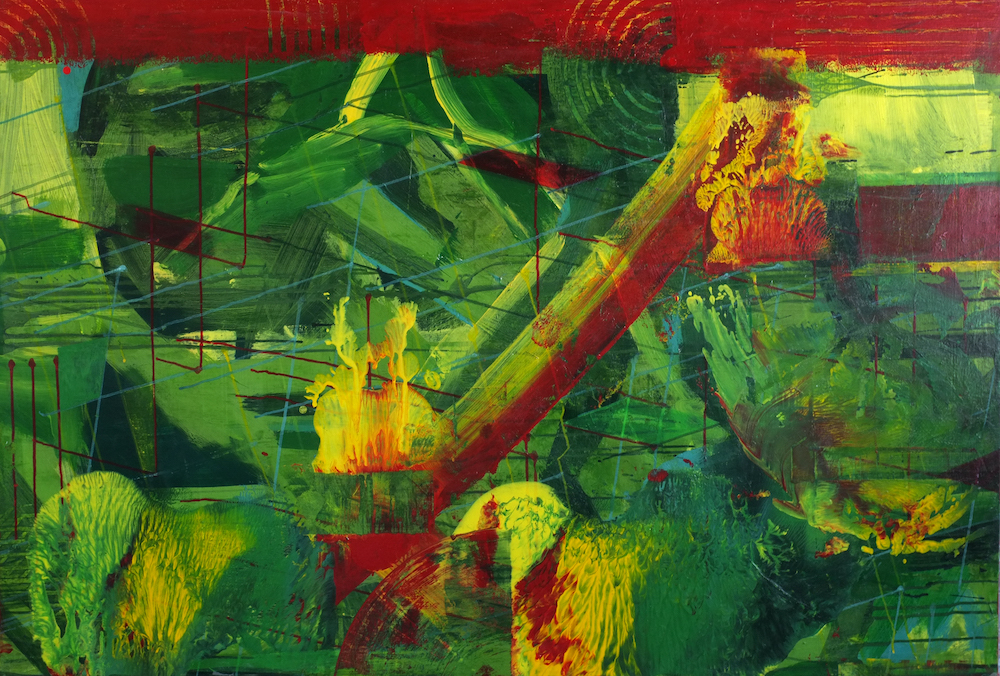
Koka Tskhvediani's (კოკა ცხვედიანი) video work "Birth of an Object '' is based on the documentation of a 1993 Tbilisi exhibition. It was edited in 2012. The first frame is a quote, and the title is taken from Paul Nouge's famous surrealist photography, “Birth of an Object”, taken in 1930. In the staged photo, people are huddled in the corner of a room looking expectantly at a blank wall. Following this shot, there was newsreel footage documenting Tbilisi exhibition life during the crisis of the 1990s; visitors entered the exhibition space, kept taking turns to approach the installed camera, and looked into it while posing and laughing. After turning this material into a video work, Koka Tskhvediani joked that it was a "selfie" for that time, and in a rather hopeless environment artists entertained themselves with it.
Reference to the modernist visual message is not only determined by the eager gaze into the "void" and the anticipation of an uncertain future. In Georgian contemporary art of the 1990s, the beginnings of the modernist era were relevant; by understanding them, artists attempted to overcome the traumas of the totalitarian period and pick up history from where it had been interrupted. The documentary nature of the artistic newsreel of the 1990s also implies the factor of history, which at the time, due to the contrast, appeared paradoxical. In those completely "paused" times, artists nevertheless worked and exhibitions were organized.
Koka Tskhvediani's career as an artist also began around this time. His interests were versatile: he worked on existential themes in the format of objects and installations, but the dominant medium for him was painting, marked by distinguished expressiveness and impressively strong energy.
Koka Tskhvediani: "painting for me is not subject to explanations. It has a strong spontaneous energy, which was characteristic of the Abstract Expressionists; although today abstraction has acquired other meanings. My career as an artist began in the 1990s, during the crisis period of post-Soviet Georgia. The situation back then induced complete disorientation, and I was inspired by trying to comprehend the problematic environment in which I had to live at that time. It was difficult to grasp these issues and transform them into an artistic form, so I tried various different media and approaches, many of which I no longer find interesting but they served as valuable experiences at the time. I am generally interested in the possibilities of painting, and my works quote various styles and trends, but I mainly use texture and paint to create abstract forms that vividly convey feelings, sensations and memories”.
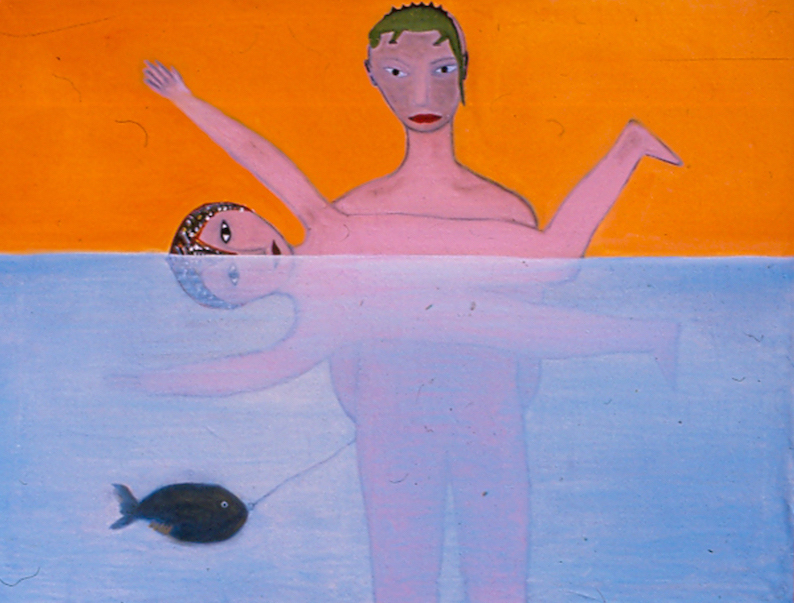
Koka Tskhvediani. Swimming Lessons in Indonesia. 90x130. Oil on canvas. 1994
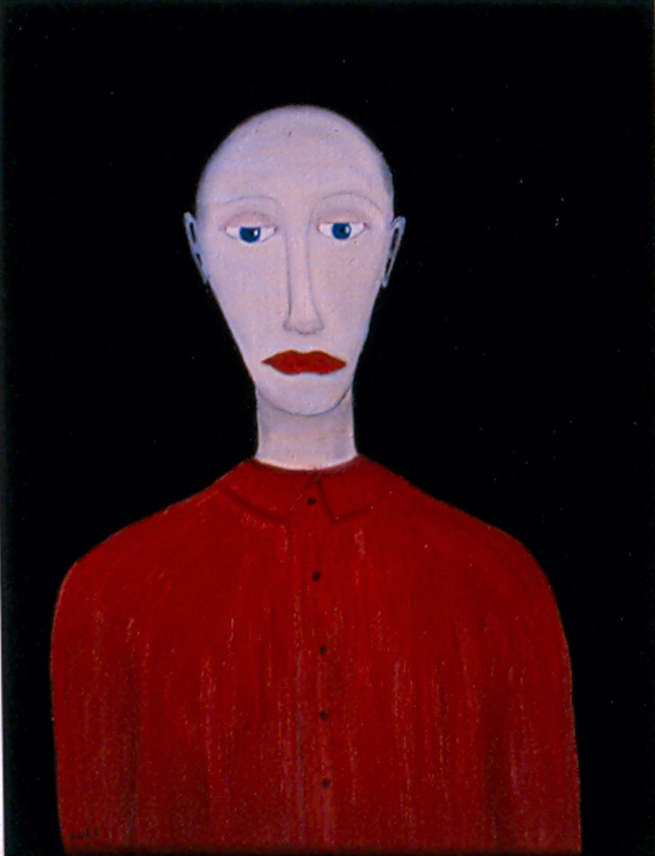
Koka Tskhvediani. Self Portrait. 65x50. Oil on canvas. 1995
Prior to the period when his interest in abstractions became defining, expressionist figurative painting was also present in Koka Tskhvediani’s paintings. "Swimming Lessons in Indonesia" from 1994 and "Self-Portrait" created a year later, or "The Dream of a Moth" from 1998 were enough at that time to see the artist's future in figurative painting. People’s generalized, somewhat naive but expressive images, with a look directed towards the observer, and a clearly expressed desire for communication render the works interactive.

Koka Tskhvediani. The Dream of a Moth. 150x200. Oil on canvas. 1998
The emphasized contrasts and maximum use of the possibilities of color seem to indicate a later interest, when abstraction becomes the artist’s main means of self-expression.
Koka Tskhvediani. NYC. 140x170. Oil, acrylic on plywood. 1998
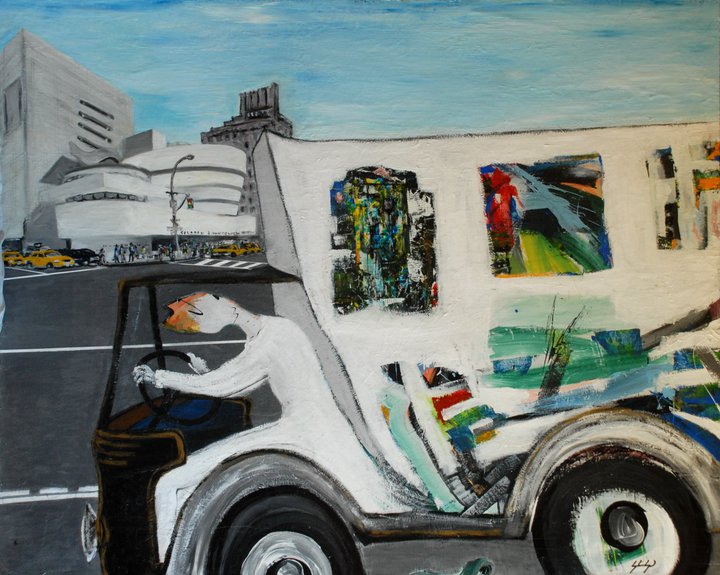
Koka Tskhvediani. Art Distributor. 140x170. Acrylic, oil on plywood. 2012
Koka Tskhvediani often mentions Gerhard Richter, and in one report he even dedicates a work to him. Tskhvediani’s creative tasks are dear and important to him – a fact which is clearly visible in all his works, where the factors of pictorial gesture and manipulation of scale are emphasized. In Tskhvediani’s artworks, you can discern the entire working process – layers, large-scale "paths" of colors, and figurative inserts. The urban landscape is one of his main themes, and he presents the city as a completely generalized, anonymous area, where colorful currents cover or sometimes highlight architectural details.
With its reminiscences of romantic landscapes, the Istanbul series from 2010 was subject to a single mood, and stands out as a result of its integrity. Megacity themes are displayed on intricate, vibrant, and large-format canvases, papers, cardboard or plywood. Here Pop art elements and even more disorienting dynamics are present. Such instances can be seen in "New York" from 2013, or "Art Distributor" (2012). In the latter case, the image seems to be quite concrete, but the artist's characteristic approach to the urban theme is preserved – where the pictorial gesture is important and reality seems to represent only a blurry visual storytelling.
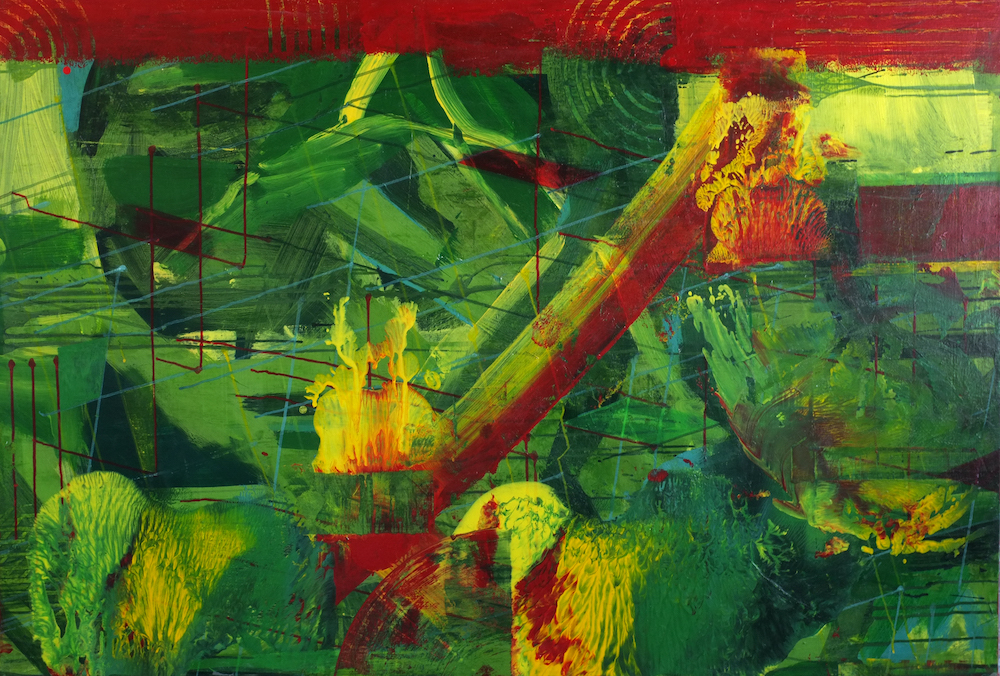
Koka Tskhvediani. Lucy in the Sky with Diamonds. 102x152. Oil on canvas. 2014
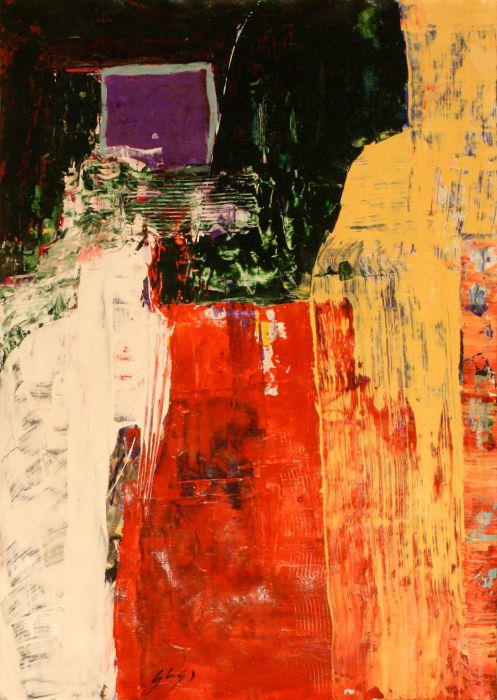
Koka Tskhvediani. Violet. 86x61. Acrylic on paper. 2012
In "Violet" (2012), the "violet" indicated in the title can be discovered within the fluidal flow of bright, contrasting colors in the guise of a relatively small-sized geometric form. Violet, inserted into the concept as a crystal in a colorful context, creates a dialogue with the history of abstract painting in general.